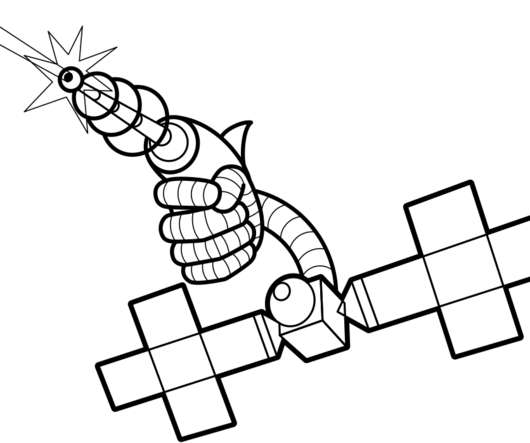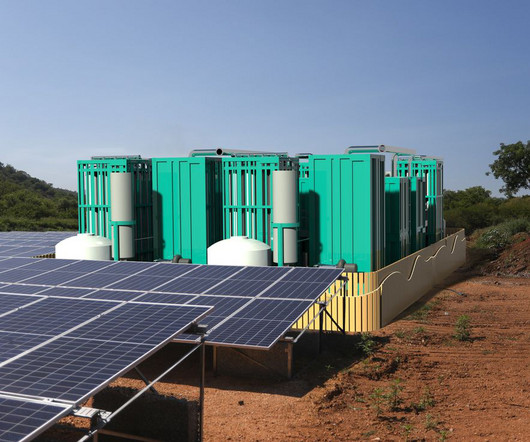NREL, Berkeley Lab propose efficiency and stability best-practices for solar water-splitting
Green Car Congress
NOVEMBER 2, 2022
Scientists from the US Department of Energy’s National Renewable Energy Laboratory (NREL) and Lawrence Berkeley National Laboratory (Berkeley Lab) are providing researchers with a guide to how best to measure the efficiency of producing hydrogen directly from solar power. Photoelectrodes have demonstrated efficiencies from 10% to 20%.








































Let's personalize your content